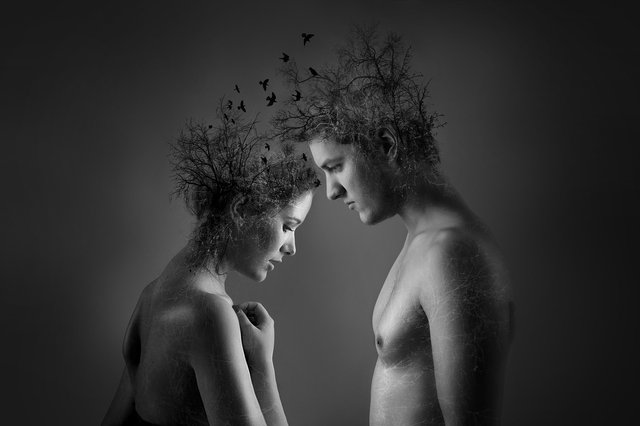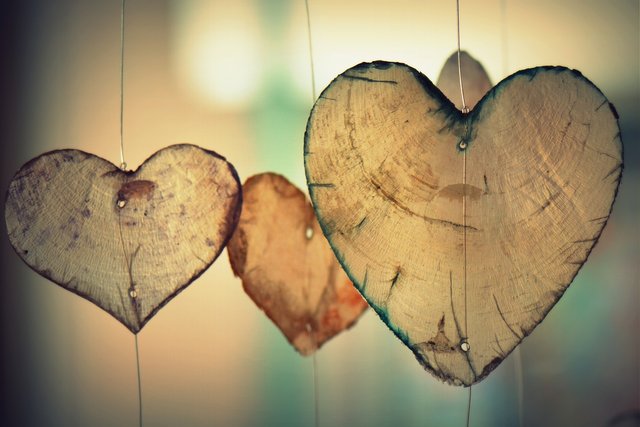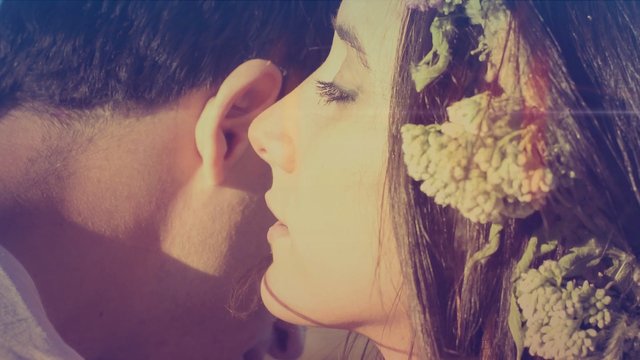what is Love and Attraction ?

Physical attraction or desire is a mandatory stop on the way to love. However, not all encounters of physical desire that intensify the extent of falling in love. Love is an endless attraction while attraction is a short-lived love. When an individual is in love with someone, he or she wants the person to happily be part of their life completely. By contrast, when a person is attracted to someone, he or she wants him or her to be with them until they really do not have the same individual. To be with that individual in one’s life is a question of their self-esteem (Bigelow, 2016). Once a person has that individual in his or her life, interest or attraction for him or her starts decreasing after a particular period.

When an individual is attracted to someone, they become more possessive. The cause is the invisible interconnection among jealousy, possessiveness, fear to lose the person, satisfaction, and attraction (Hayes, 2014). However, when one loves a person, the concentration is on the happiness of that person by giving it all, be it sacrifice or love. Moreover, during attraction, a person will want to win someone they are attracted to at any cost. All that matter is keeping the person despite his or her wish. Conversely, when in love, an individual will let someone go when necessary, and allow fate without influencing it. The individual will avoid putting any unnecessary pressures.

Our mind produces different hormones when one is attracted or in love with a person. Attraction is identified by increased energy and focusing the concentration on the preferred partner. Attraction is connected with feelings of invasive thinking about the person, exhilaration, and longing for emotional union (Gibson, 2015). During attraction, the brain has high levels of norepinephrine and dopamine, and low quantity of serotonin. The hormones help both males and females to preserve their mating energy, differentiate among potential mating persons, incline towards genetically superior persons and follow these persons till insemination is completed. When in love, more serotonin is produced together with oxytocin and vasopressin. Oxytocin restrains obsession and makes the relationship stronger. Furthermore, vasopressin stimulates fidelity. The two hormones play an important role in a long-term relationship

References
Bigelow, D. (2016). Love: The Psychology of Attraction. Library Journal, 141(2), 65
Gibson, L. S. (2015). The Science of Romantic Love: Distinct Evolutionary, Neural, and Hormonal Characteristics. International Journal of Undergraduate Research and Creative Activities, 7(1), 1.
Hayes, J. A. (2014). 'Well I Got a Few of My Own': Therapists' Reactions to Attraction, Sex, and Love in Psychotherapy. Journal Of Clinical Psychology, 70(2), 119-122.